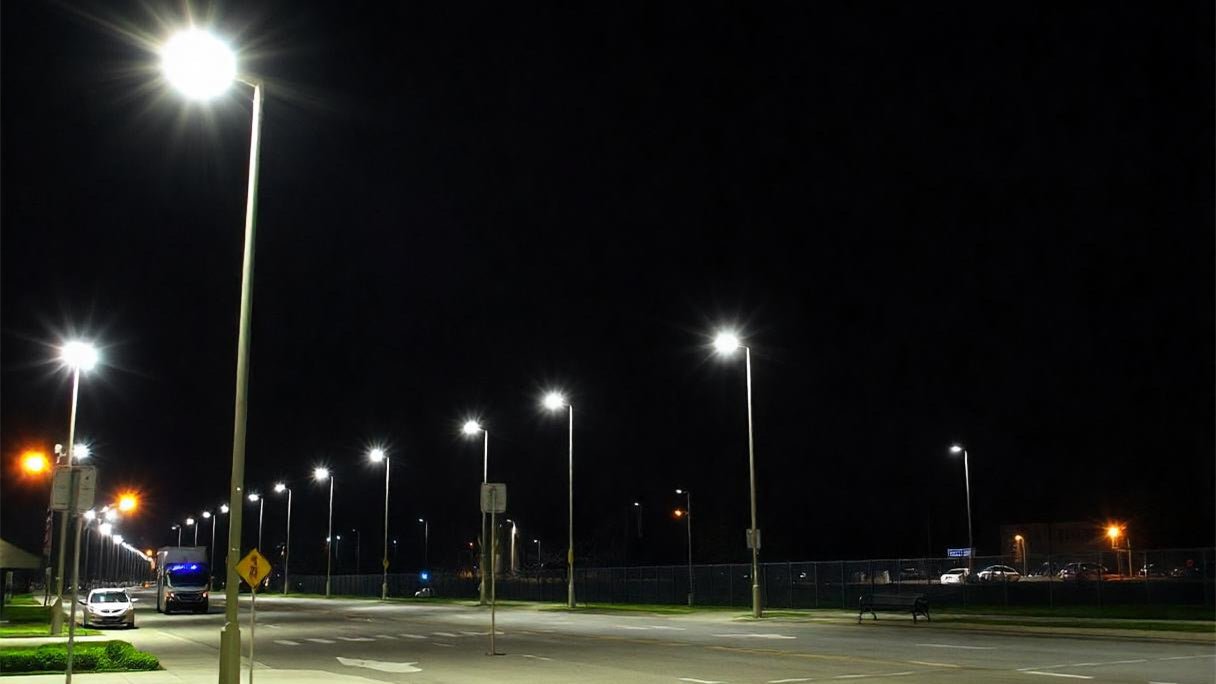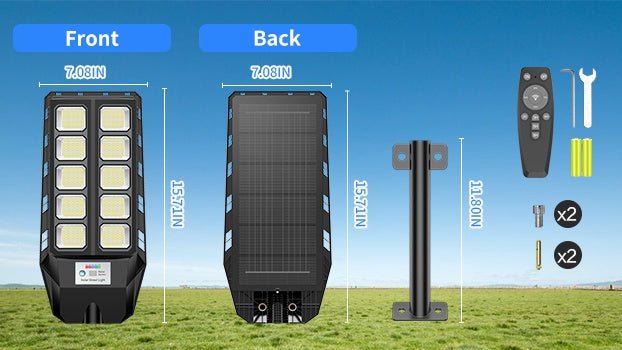When selecting lighting solutions for outdoor spaces, the combination of lights and poles plays a significant role in determining the quality and effectiveness of illumination. One question that often arises is: are LED lights pole sensitive? While it might seem like LED lights should work universally with any pole, there are various factors to consider. In this article, we will explore the relationship between LED pole lights and poles, examining whether poles affect LED lights' performance, installation, and overall efficiency.
Understanding LED Pole Lights
LED pole lights are commonly used for outdoor lighting in areas such as streets, parking lots, stadiums, and parks. These lights are energy-efficient and durable, with a longer lifespan than traditional light sources like high-pressure sodium or metal halide lamps. They offer excellent light output, reduced maintenance costs, and a smaller environmental footprint, making them an increasingly popular choice for municipalities and businesses.
The term "pole sensitivity" refers to how well LED lights perform depending on the type, size, and structure of the pole they are mounted on. This can impact factors like the angle of light distribution, installation ease, and the overall durability of the system.
Are LED Lights Sensitive to Pole Type?
One of the first considerations in determining whether LED pole lights are pole-sensitive is the type of pole used. Not all poles are created equal, and certain characteristics of the pole can impact how well LED lights function.
Material Considerations
The material of the pole can play a role in the performance of LED pole lights. Typically, poles are made from steel, aluminum, fiberglass, or concrete. Each material has different structural properties, which may affect the installation of LED lights, particularly in terms of weight distribution and stability.
- Steel poles are strong and durable, making them suitable for areas where wind and other environmental factors might be a concern. However, they are heavier and may require reinforced mounting systems.
- Aluminum poles are lighter and easier to handle but may not provide the same level of stability in high-wind environments.
- Fiberglass poles offer excellent corrosion resistance and can be an ideal choice in coastal areas where salt exposure is an issue. However, they may lack the strength of steel or aluminum poles.
- Concrete poles are extremely sturdy but may be overkill for many applications and can be difficult to install.
Ultimately, LED pole lights are not necessarily sensitive to the type of material, but the pole's strength and weight can affect how they are mounted and how well they remain in place under environmental stress.
Height and Placement
The height of the pole is another crucial factor in determining the effectiveness of LED pole lights. LED lights are designed to provide bright, focused illumination over a certain area, and the height at which they are installed will affect how well they distribute light. For example, Hykoont BD006 Solar Street Commercial Light Alloy Material With High Lumen, This outdoor street light is IP66 waterproof and can work well even in rainy days. At a height of 16-20ft, the illuminated area can reach 3000 square feet.
For instance, if LED pole lights are mounted too high, the light may spread out too much, reducing its intensity and leaving darker spots. On the other hand, if they are mounted too low, the light may be too intense and localized, making it less effective for covering larger areas.
Many manufacturers of LED pole lights provide guidelines for optimal pole height based on the light's specifications, including wattage, lumens, and beam angle. These guidelines help ensure that the lights achieve maximum coverage and efficiency.

Are LED Pole Lights Sensitive to Installation Conditions?
Beyond the material and height of the pole, LED pole lights can be sensitive to the installation conditions. Several factors play a role in how well the lights perform once installed on poles.
Environmental Factors
Environmental factors such as wind, moisture, and temperature fluctuations can affect the performance of LED pole lights. For example, high winds may cause lighter poles, such as aluminum ones, to sway, which could lead to stress on the light fixture and its components over time.
Water and humidity can also impact LED pole lights, especially if the poles are not properly sealed. In such cases, moisture can seep into the fixtures, potentially causing short circuits or degrading the internal components of the LED lights.
Mounting Hardware
Another factor to consider is the mounting hardware used to attach LED pole lights to the poles. Pole sensitivity in this context refers to whether the mounting system is compatible with the specific type of LED fixture being used.
LED lights often come with different mounting options such as arm mounts, slip fitter mounts, and tenon mounts. Each type of mount may have specific requirements based on the design of the pole. For instance, poles that taper may require specialized mounts, while round poles may require different hardware than square ones.
Using the wrong mounting hardware can lead to a poorly secured light, which may tilt, vibrate, or even detach during high winds or storms. Therefore, ensuring compatibility between the pole and the mounting hardware is essential for the long-term stability of LED pole lights.
Can Pole Design Impact LED Light Distribution?
Another consideration in the sensitivity of LED pole lights to poles is how the design of the pole influences light distribution. Some poles are designed with specific shapes or angles to optimize light distribution for certain applications. For example:
- Tapered poles allow for better wind resistance and may be ideal in areas prone to storms.
- Decorative poles may have aesthetic elements that could obstruct the full distribution of light, requiring the light fixture to be adjusted or repositioned.
Pole design can impact the direction and coverage of LED pole lights, so it’s essential to ensure that the design of the pole complements the light's intended function.
Conclusion
In conclusion, while LED pole lights are not inherently "pole sensitive" in the strictest sense, various factors related to the poles they are mounted on can influence their performance and longevity. Factors such as pole material, height, environmental conditions, and mounting hardware all play a role in how well these lights function. Ensuring compatibility between the poles and the lights, along with taking environmental factors into account, will help you achieve optimal lighting results and prolong the life of the system.
By carefully considering these elements, you can avoid potential pitfalls and ensure that your LED pole lights perform to their fullest potential, providing energy-efficient and reliable illumination for years to come.


































Leave a comment
This site is protected by hCaptcha and the hCaptcha Privacy Policy and Terms of Service apply.